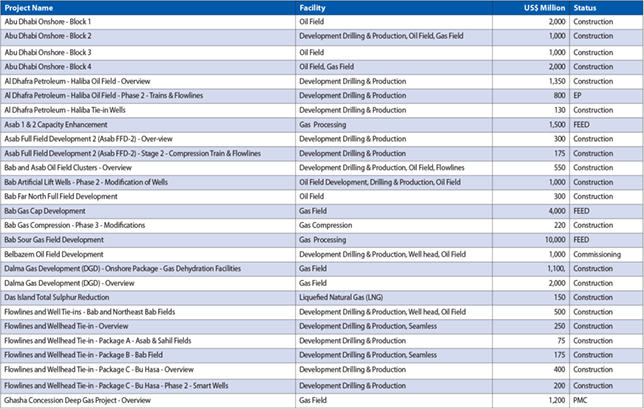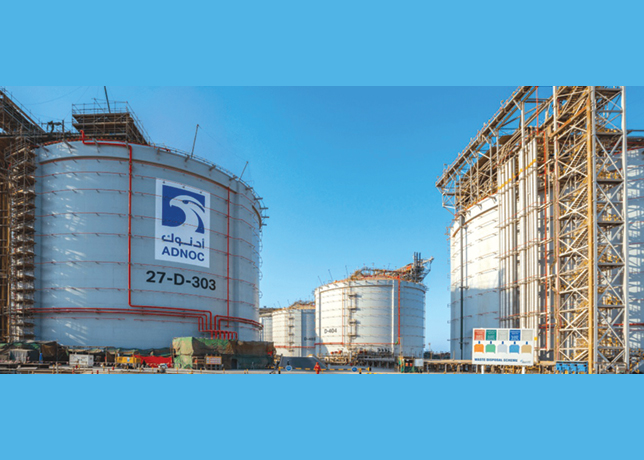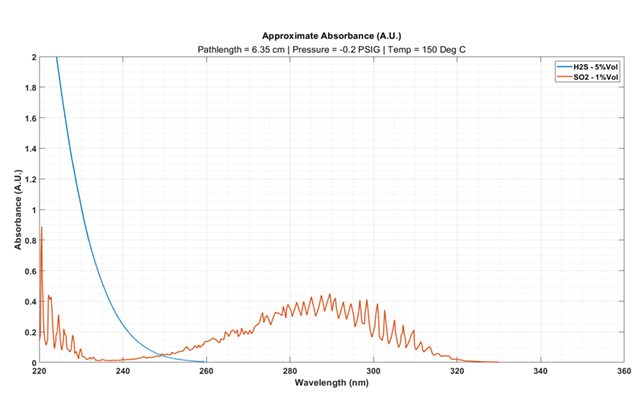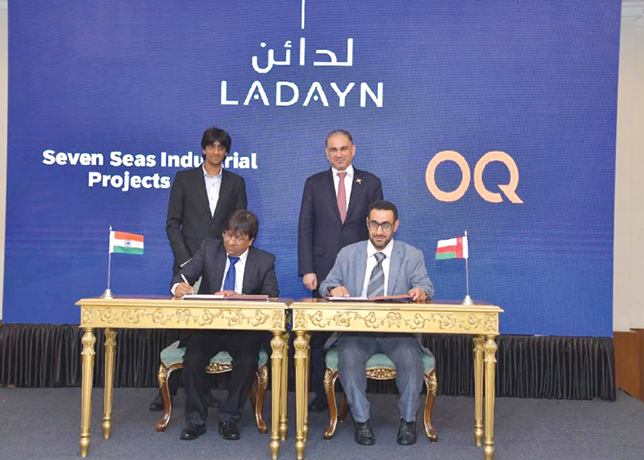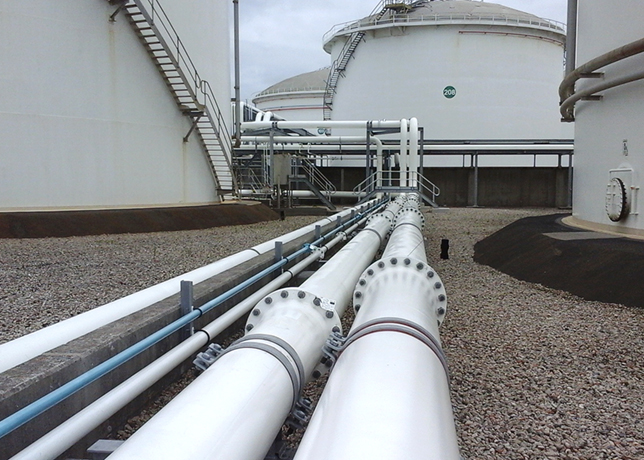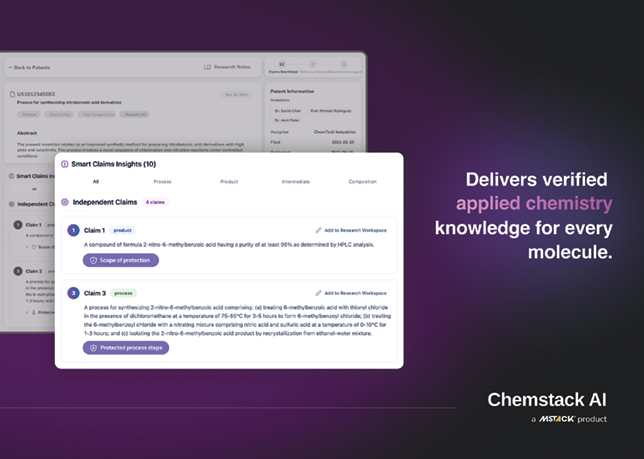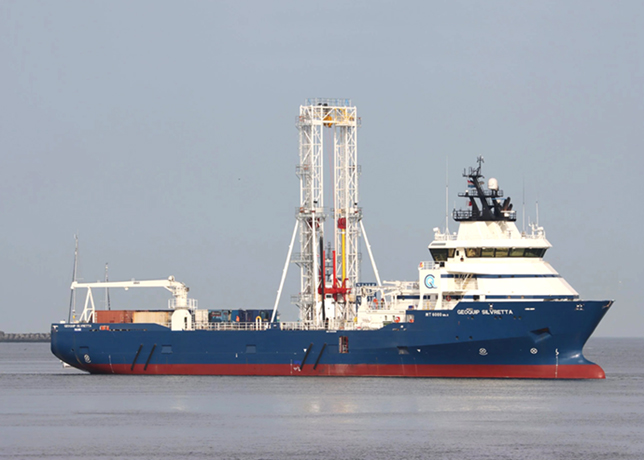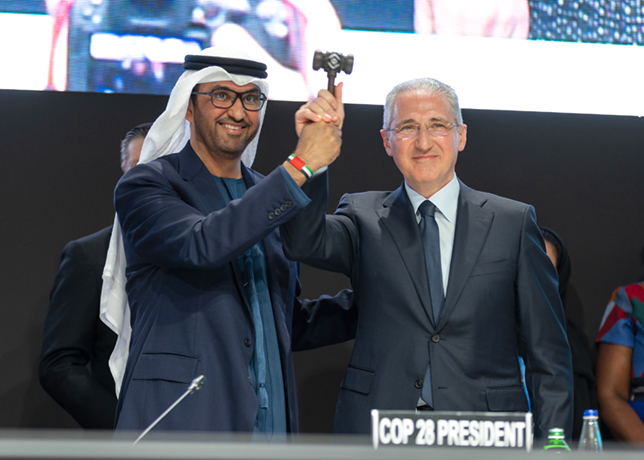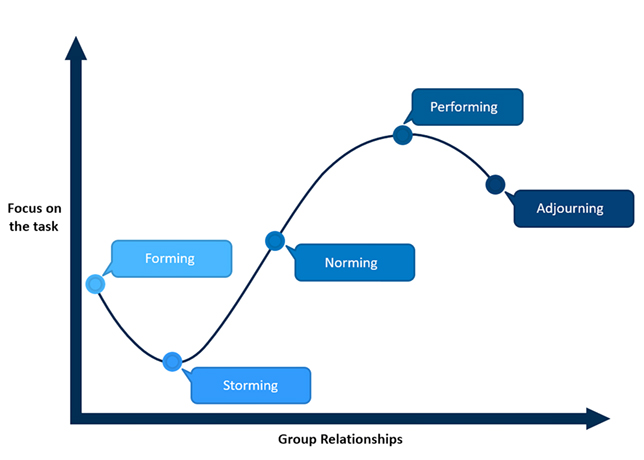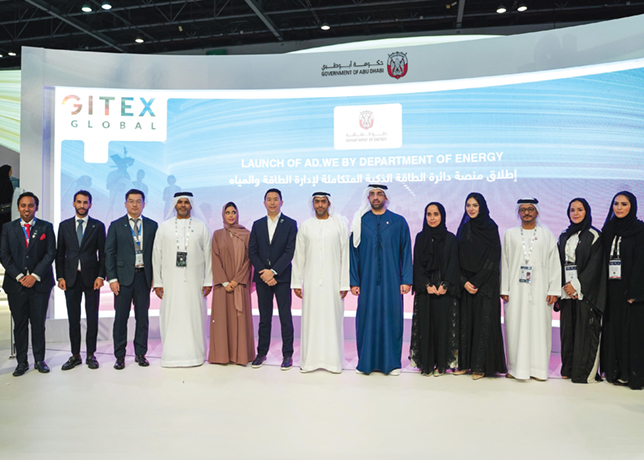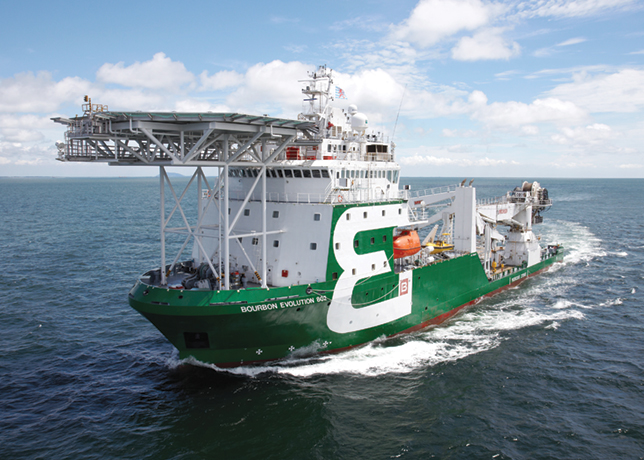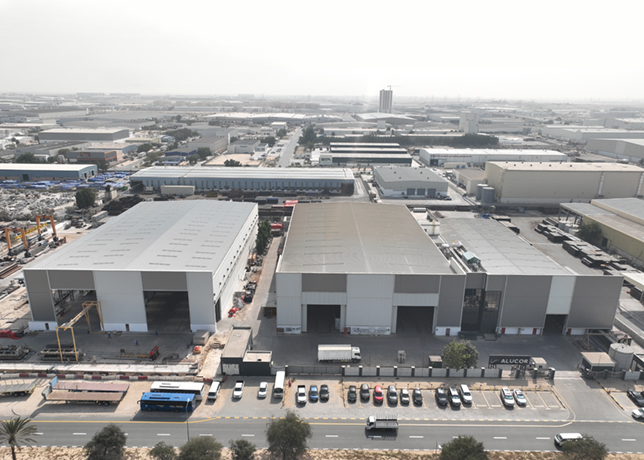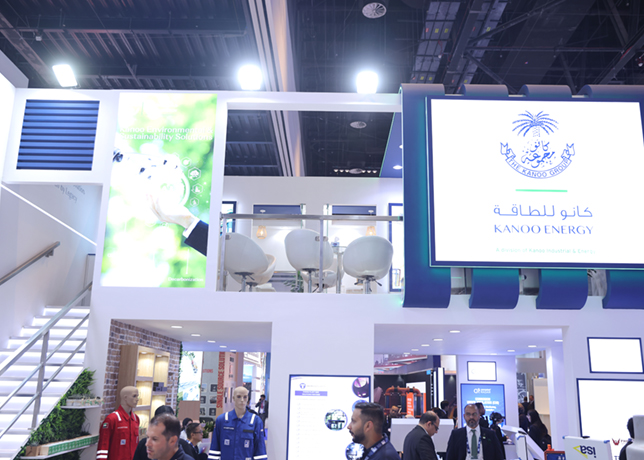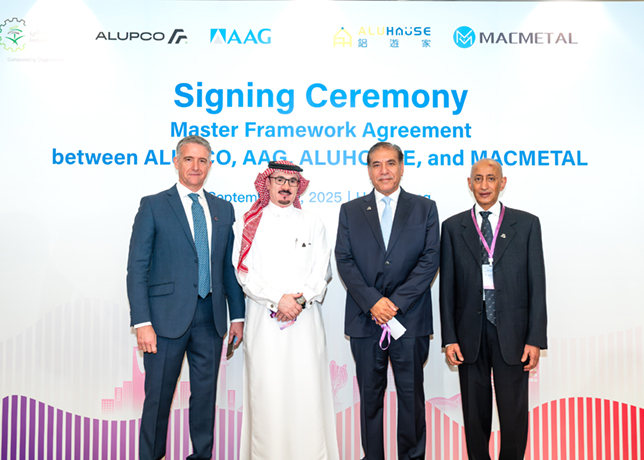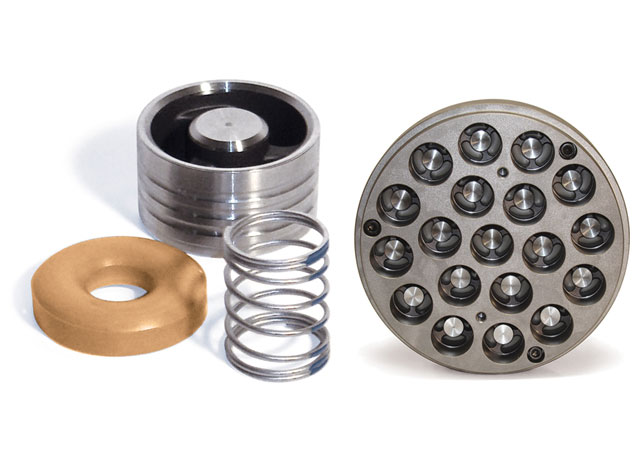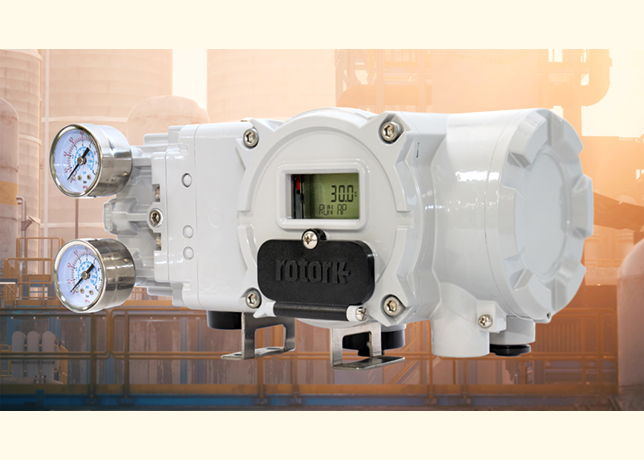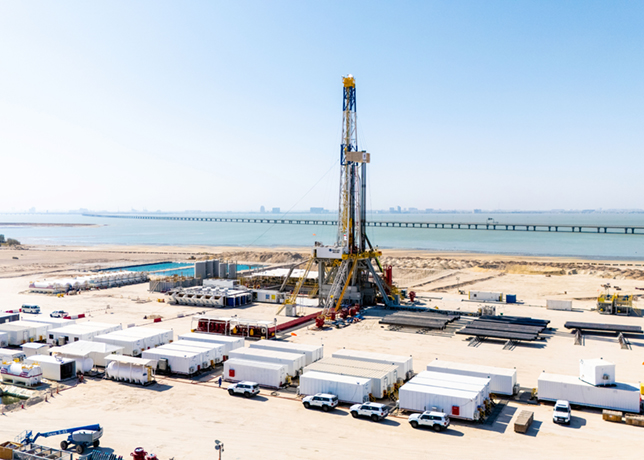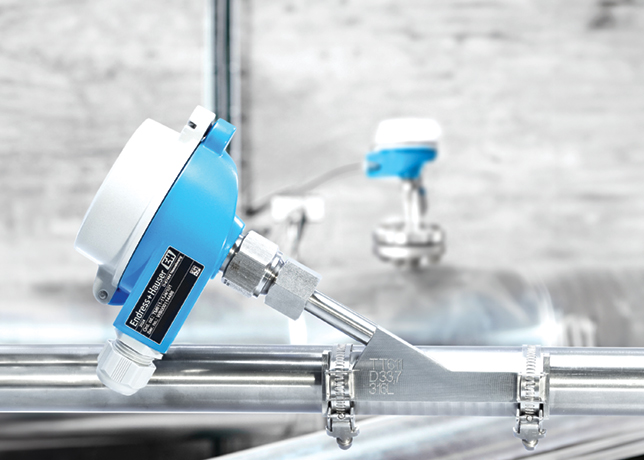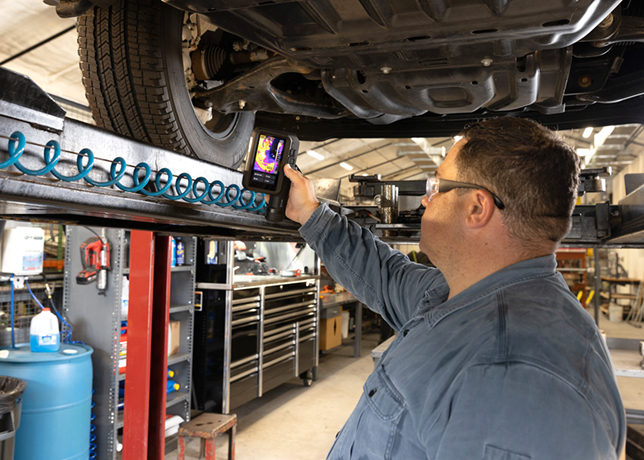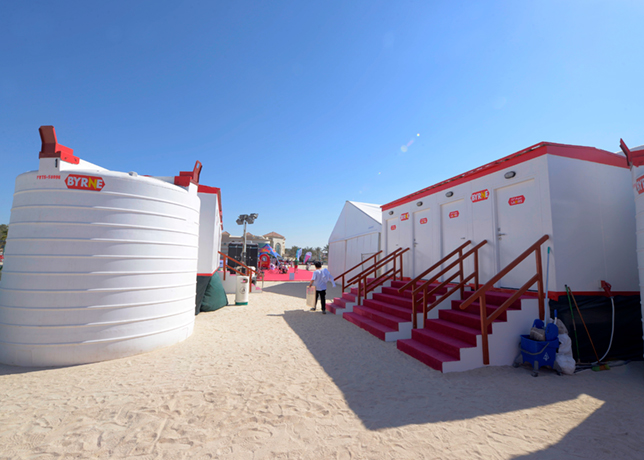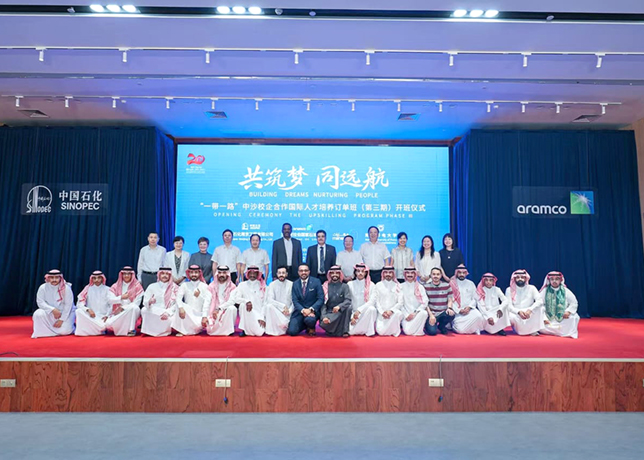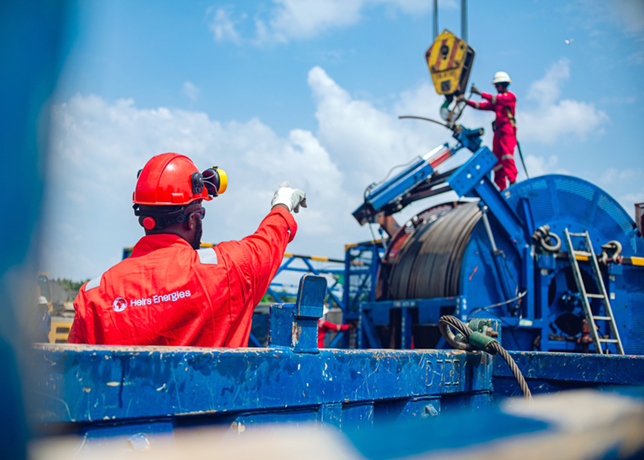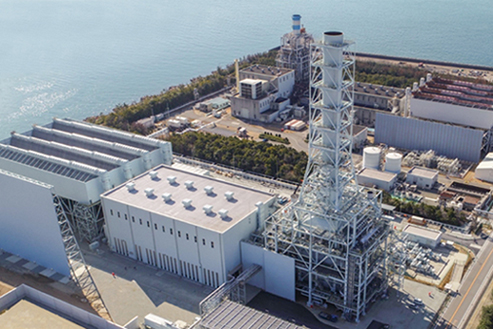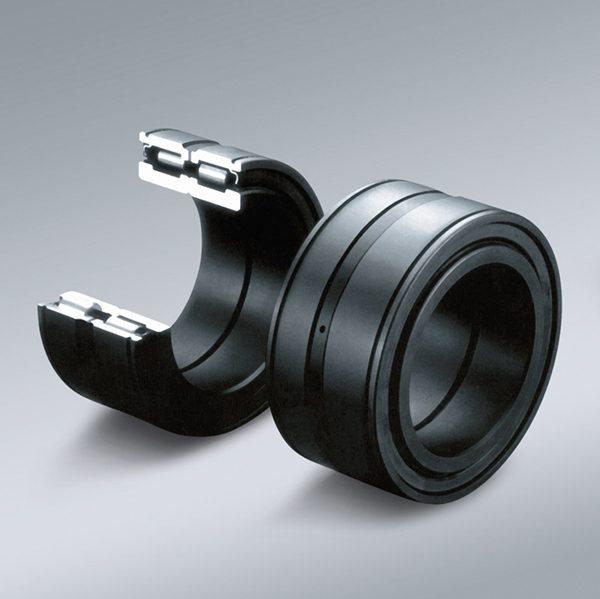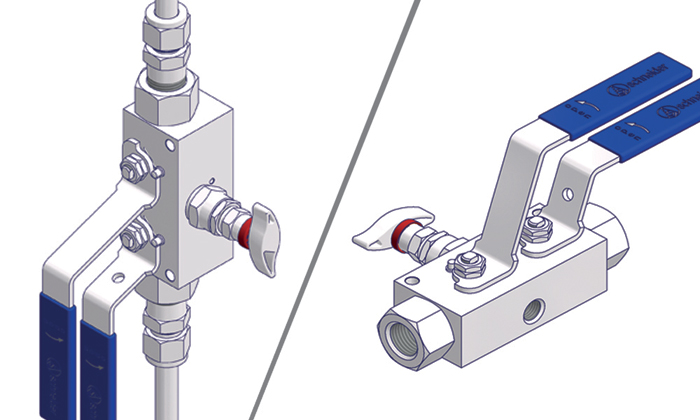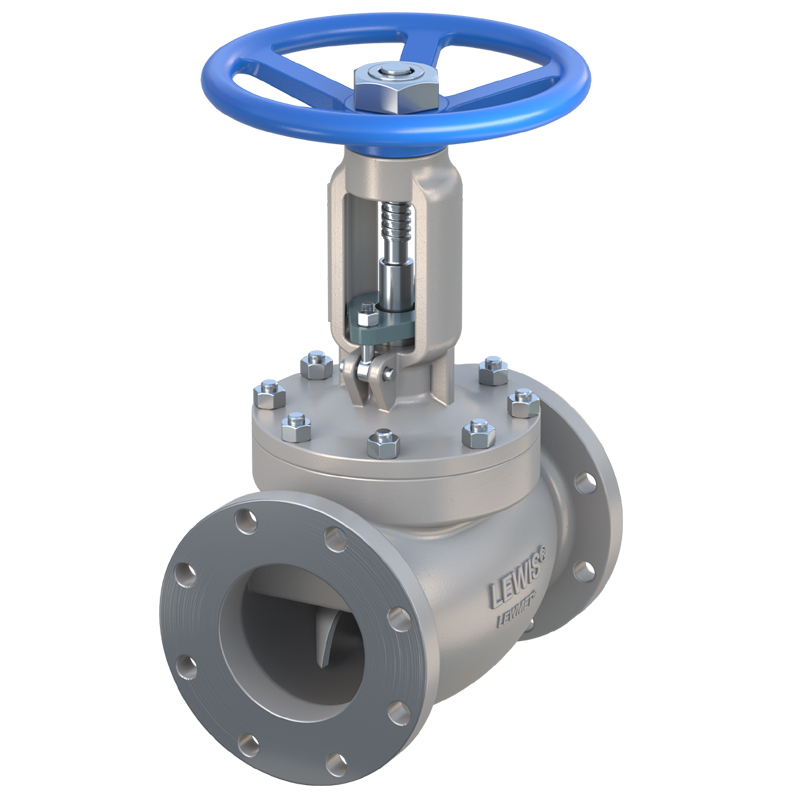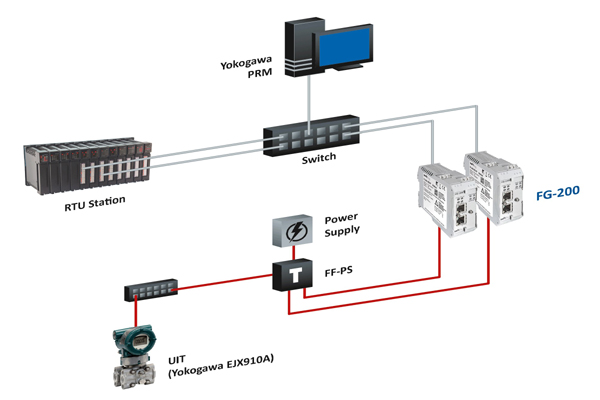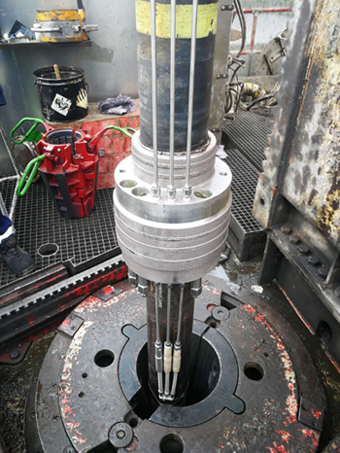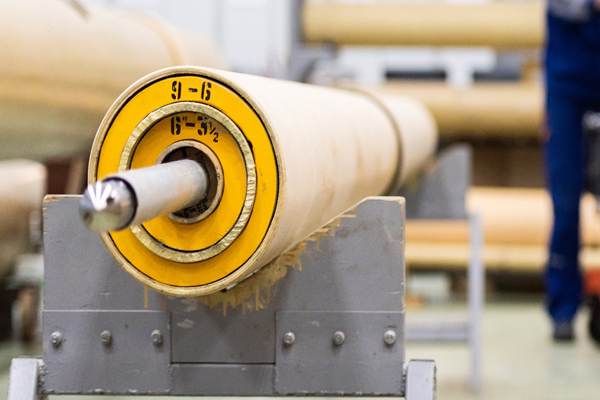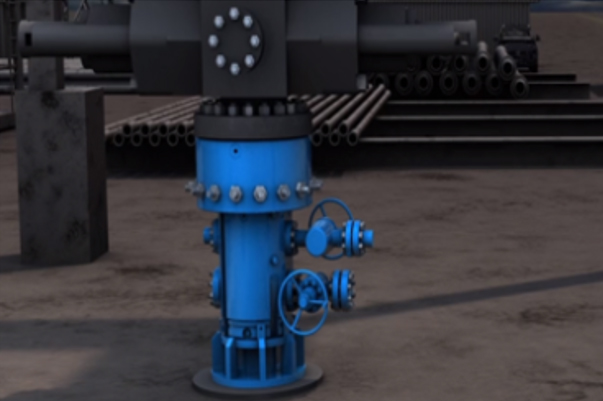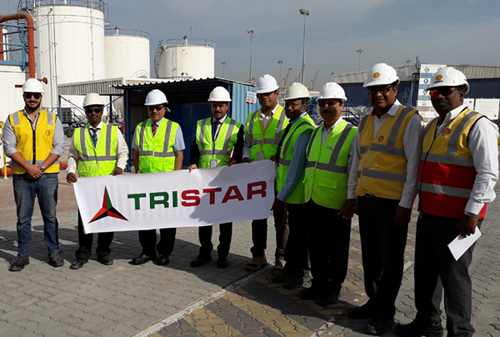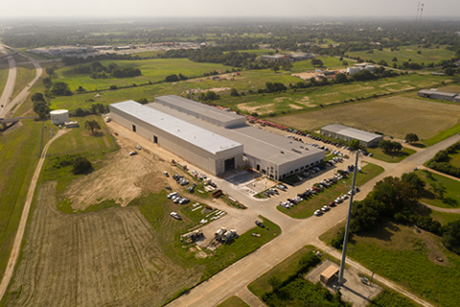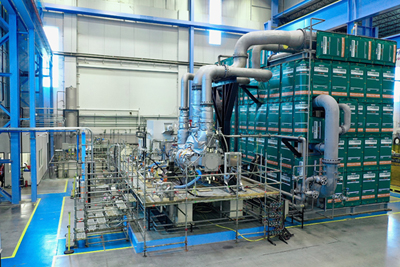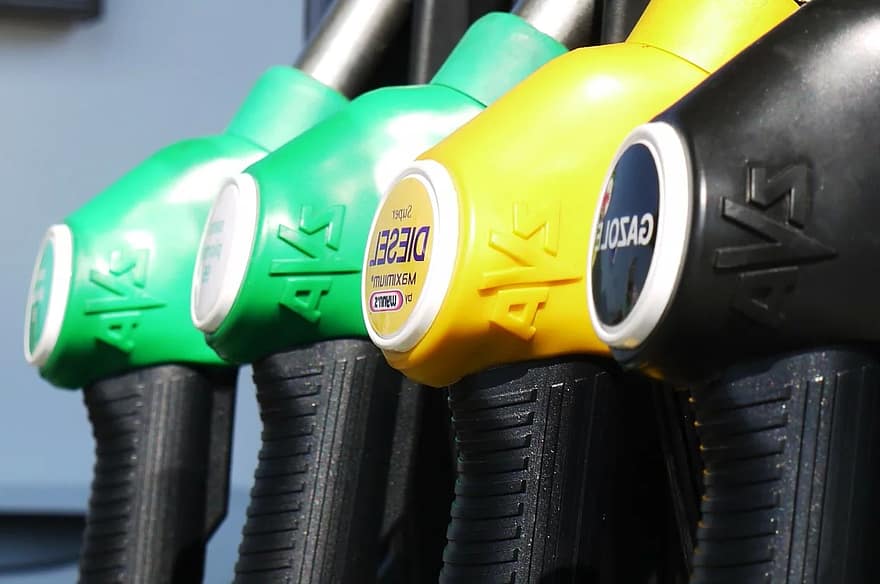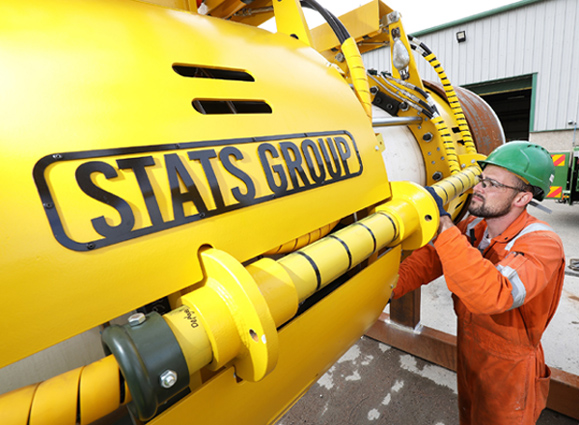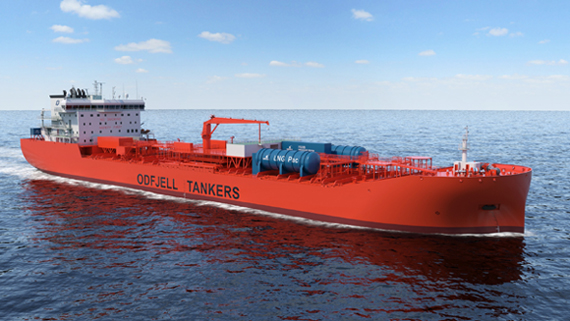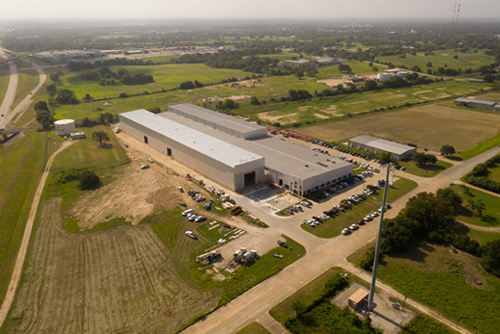
 The MTEP minimises operational downtime without compromising safety
The MTEP minimises operational downtime without compromising safety
Modified requirements mean operators can halve the number of inspections required, driving safety and operational efficiency, Matt Tremblay and Russell Ford tell OGN
ABS has responded to the trend towards longer operating lifecycles with guidance that enables offshore asset owners to increase the intervals between tank openings.
In an industry first, ABS has published guidance that accommodates the periods between internal examination of tanks beyond the typical five-year requirements to once every 10 years.
'The guidance has the potential to maximise operational uptime for site-dependent assets such as floating storage and regasification units (FSRUs), floating production, storage and offloading vessels (FPSOs), floating storage and offloading vessels (FSOs) and floating offshore liquefied gas terminals (FLGTs),' Matt Tremblay, VP Global Offshore, ABS, and Russell Ford, Chief Surveyor-Offshore, ABS tell OGN energy magazine.
Such units are often engaged in long-term deployment on a single site, which can make it challenging for operators to maintain the tank examination schedule during the traditional five-year period.
Most importantly, and in line with ABS’s safety-first mission, internal tank inspections are also potentially hazardous, so reducing the inspection frequency without compromising the structural integrity of the asset can advance safety performance.
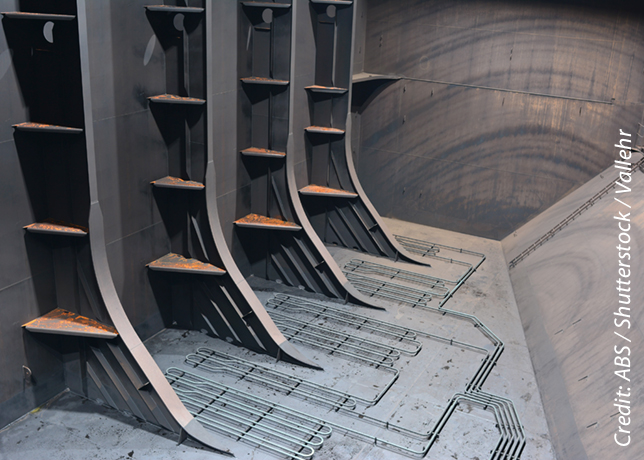 |
Reducing the tank inspection frequency can advance safety performance |
Put simply, fewer people, inside fewer tanks, less often, is safer for the personnel tasked with performing the inspections.
Additionally, opening cargo tanks on such assets is disruptive in terms of opex and lost operating days so reducing the number of required inspections by half offers significant potential cost savings for operators.
BEYOND THE STANDARD
Drawing on the use of enhanced design criteria, ABS has updated its technical requirements for the design and construction for tanks that go beyond the typical five-year class cycle.
Based on achieving required safety factors, enhanced coatings requirements, and adherence to specified corrosion margins, it is possible to significantly extend the period between tank inspections.
These enhanced requirements include but are not limited to:
• Adoption of a Risk Assessment for tanks enrolled in the programme.
• Cargo and Ballast tanks are to be fully coated in accordance with the applicable ABS CPS notation.
• Improved cathodic protection requirements.
• Bottom and shell scantlings of sufficient thickness to withstand any possible corrosive effects of cargo tank contents.
• On FPI conversions, welded repairs for pitting, grooving and other areas to restore the original design hull scantlings.
• A minimum safety factor for fatigue beyond what is normally required – in co-ordination with the enhanced design requirements.
• Enrolment in an ABS PMP programme where cargo equipment is located inside the cargo spaces.
• Improved operational requirements such as periodic cargo oil (tank) washing (COW).
UNDERSTANDING MTEP MECHANICS
What’s covered: The modified tank entry programme (MTEP) includes the structural and cargo containment aspects of the tank along with all associated electrical components, mechanical piping, valves as well as machinery and components inside the tank normally subject to close-up surveys.
The MTEP can be applied to one or across all compartments within the cargo block of an asset. For example, it can be applied to only cargo oil tanks or for cargo, ballast and void tanks.
Eligibility: In terms of asset age, the programme is generally intended for newer units, with older units considered on a case-by-case basis, up to five years from delivery or conversion.
All eligible assets must be designed and maintained in compliance with ABS standards and guidelines.
All units under the MTEP must have an approved preventative maintenance programme (PMP), in place.
Assets with integral equipment in the cargo tanks are to be enrolled in an approved PMP that allows for alternative means to credit surveys to qualify for the MTEP.
It’s also important to note the specific requirements that apply to units carrying liquefied gas cargo as well as those carrying oil cargo, ensuring that the unique risks associated with each cargo type are appropriately managed.
Application: Operators must submit comprehensive documentation as part of the MTEP approval process, including detailed operational descriptions, inspection and maintenance schedules, and a thorough risk assessment plan.
Conducting a robust risk assessment is critical for developing an inspection and monitoring plan that is tailored to the specific asset.
The programme further mandates the implementation of risk-based inspection (RBI) techniques, as well as continuous condition-based monitoring of internal machinery and systems.
ABS will review and approve these risk assessments to ensure that all potential risks are identified and adequately addressed.
Survey requirements: The MTEP outlines clear expectations for implementation, including annual, intermediate, and special surveys across various tank types, including cargo tanks for liquefied gas, cargo oil tanks, ballast tanks, and void spaces.
Each tank type is subject to specific survey protocols, which may include the use of advanced condition monitoring techniques and risk-based inspection plans to optimise safety and reliability.
Operating knowhow: The provision of detailed operational manuals is a fundamental requirement under the MTEP.
These manuals must cover the cargo system and all associated systems, and should clearly define system limitations, control and monitoring systems, as well as emergency shutdown arrangements.
This ensures that all operational personnel have access to the necessary information to maintain safe and efficient operations throughout the asset’s lifecycle.
Execution: The programme begins with an implementation survey to establish baseline conditions for the asset, followed by regular annual health checks to monitor the condition of the tanks.
Comprehensive examinations are then conducted at each ten-year interval to ensure continued compliance and asset integrity.
Additional extensions: Adoption if intervals beyond the initial ten-year period are possible subject to rigorous reassessment and continued compliance with ABS guidelines, providing the flexibility needed to adapt the programme to the evolving needs of each asset.
ADDRESSING CURRENT NEEDS OF OFFSHORE ASSETS
ABS created the enhanced requirements to reflect the fact that today’s floating offshore assets have longer working lives than in previous generations, a trend it expects to continue. ABS wants to support the industry in ensuring that these assets can meet these expectations.
FUTURE IMPLICATIONS
Maximising operational efficiency and uptime while promoting safety is crucial in the dynamic offshore production sector, especially as longer-term lifecycles for FPSOs and FSRUs become increasingly common.
The modified tank entry programme represents a pivotal change for qualified assets, minimising operational downtime without compromising safety. Indeed, fewer tank inspections reduces the exposure of personnel to these potentially hazardous situations, providing a clear win for a safety-first culture.



